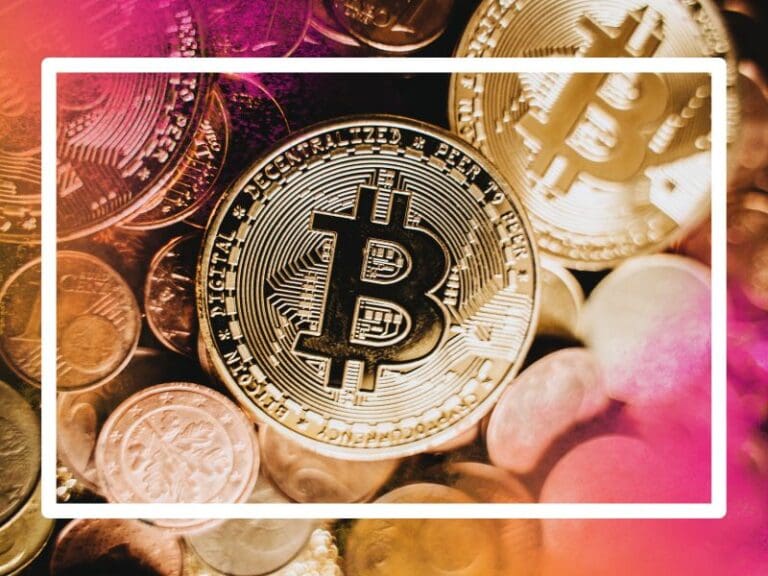Is it the same as when you make a hand-in-hand transaction when you do while purchasing groceries from the vendor? Let’s take a closer look at this.
When you make a payment using cryptocurrency, several actions occur in the backend to facilitate the transaction. This process can be understood better through a Deep Dive into Language Learning Models ‘LLM’, which provides insights into how systems interpret and process data.
1. TRANSACTION INITIATION:
You initiate a payment by creating a transaction request within your cryptocurrency wallet. This includes specifying the recipient’s address and the amount you want to send.
2. TRANSACTION BROADCAST:
Once you confirm the transaction, your wallet broadcasts the transaction details to the network. This is typically done by connecting to various nodes (computers) in the cryptocurrency network.
3. TRANSACTION PROPAGATION:
The broadcasted transaction propagates through the network, reaching multiple nodes. Each node receives and validates the transaction based on the cryptocurrency’s specific rules and protocols.
4. VERIFICATION AND CONSENSUS:
Miners or validators in the cryptocurrency network verify the transaction’s validity. They check factors such as the availability of sufficient funds, adherence to transaction rules, and confirmation that the sender has the authority to make the transaction.
5. BLOCK CREATION:
Validated transactions are bundled together into blocks. Miners compete to solve a complex mathematical puzzle associated with the block (proof-of-work in the case of Bitcoin) in order to create a new block. The miner who successfully solves the puzzle first adds the block to the blockchain.
6. BLOCK CONFIRMATION:
The new block is added to the blockchain, which is a decentralized ledger containing a historical record of all transactions. Other miners validate and confirm the new block, ensuring consensus and adding it to their copy of the blockchain.
7. TRANSACTION CONFIRMATION:
Once the block is confirmed, the transaction is considered confirmed as well. The recipient’s wallet checks the blockchain to confirm that the transaction has been included in a block, providing assurance that the payment has been successfully processed.
8. WALLET UPDATES:
The sender’s and recipient’s wallets update their balances and transaction histories to reflect the completed transaction.
Throughout this process, various cryptographic algorithms and protocols are used to secure the transaction and ensure its integrity. These include digital signatures, cryptographic hashes, and consensus mechanisms specific to the cryptocurrency’s underlying technology.
It’s also important to note that the technical details and processes can vary between different cryptocurrencies, as each has its own specific protocols, consensus mechanisms, and transaction validation rules.





